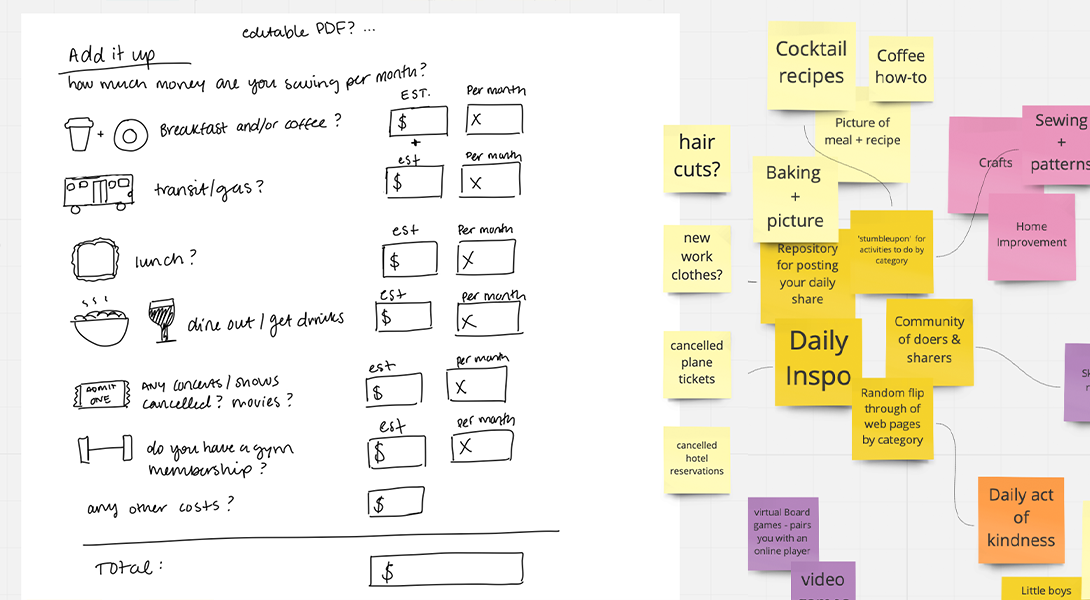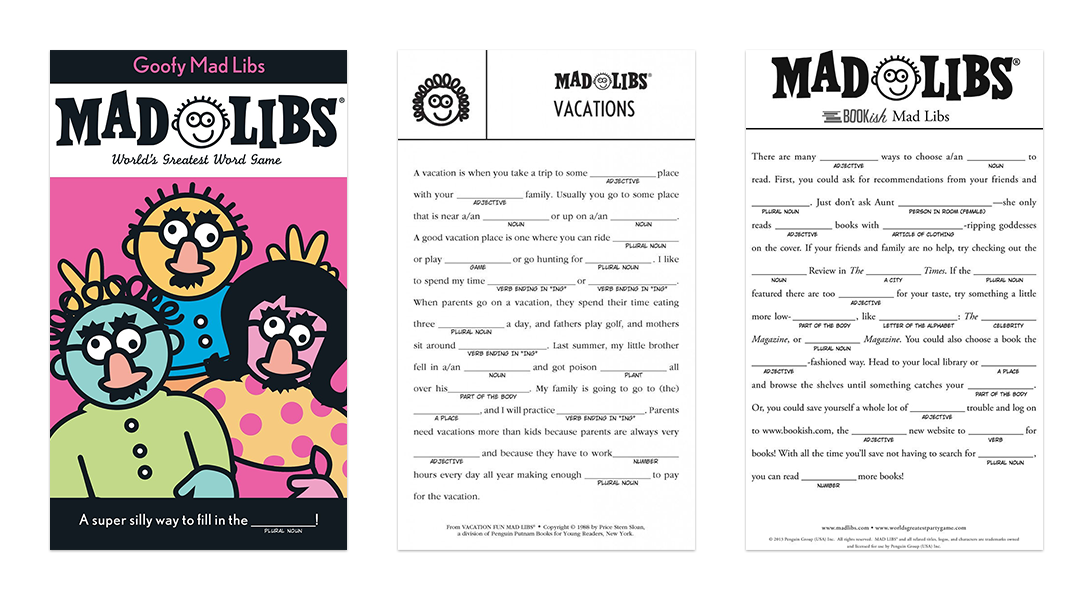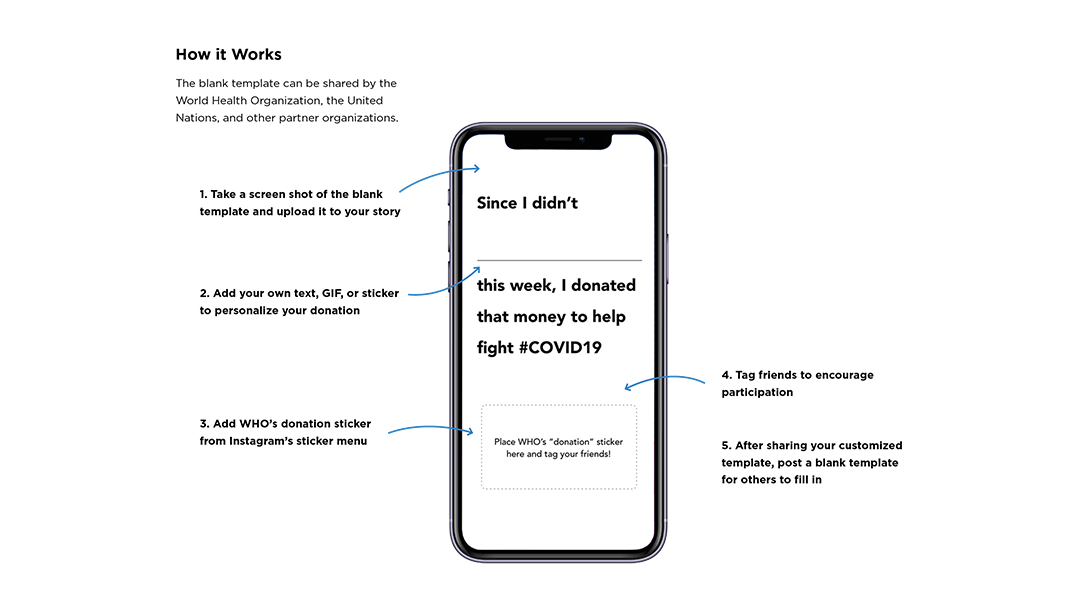Thanks to a simple pair of overlaid bell curves, the “Flatten the Curve” concept is now part of everyday lexicon. It quickly confers a complex concept. Alongside broader public health efforts, that visual has been a powerful tool and catalyst for behavior change across the world.
There has been a wellspring of exceptional communication artifacts and educational tools since the coronavirus began accelerating – data visualizations, memes, and animations alike. Gaining inspiration from these, and looking to source sharable and accessible educational content in the months ahead, the UN turned to the design community at the end of March and opened its first-ever open brief to creatives across the world.
A small handful of researchers, designers, and engineers at Essential caught wind of this call to action and volunteered time for a short sprint to design an educational tool for submission.
In the brief, creative agencies and individuals were encouraged to focus on one of six activation areas. While messaging guidelines in all six were well-defined, submissions could span a multitude of creative solutions and modalities – from audio clips to graphics to interactive games that the UN and its partners could use as a weapon against COVID-19.

Over the course of eight 45-minute sessions, our small team used video chat and digital collaboration software to ideate and develop our concept. Because of a proliferation of information around personal hygiene, social distancing, and symptom recognition, we focused our efforts on developing a tool to encourage small donations to the World Health Organization’s COVID-19 Solidarity Response Fund.
In speaking with our friends and family, we identified that without quarterly haircuts, weekly happy hours, and daily coffees, some people have a new opportunity to recognize and re-define old spending habits.
Of course, not everyone is in a financial position to give in this time of economic hardship. With that at the top of our minds, we explored ways a tool could be light-hearted, unintimidating, and welcome small gifts with as much celebration as large ones.
Once we had narrowed in on our focus, we split up and sketched ideas. Below is the outline of one such sketch – an interactive form that would help individuals tally up weekly savings from deferred activities to share with their online communities. We agreed that something like this might feel too exposing to share publicly but, just like any other design process, we took the elements we liked from these sketches and trimmed those we didn’t.

We pulled inspiration from Mad Libs’ playful invitation for engagement. We were also encouraged by the nomination elements of successful online fundraising campaigns like the ALS Ice Bucket Challenge and felt that a social media template afforded the sharing, tagging, and customization opportunities we wanted.

As a creative way to inspire individuals to reflect on changing spending habits and encourage supporting the WHO, we developed a simple, customizable graphic for Instagram’s Stories feature. The template reminds people of how financial habits are changing in quarantine, and encourages them to redirect saved dollars to the life-saving efforts of the WHO’s fund.

Successful social media campaigns provide moments of reflection in a sea of noise. This simple concept turns stories of forfeiture into moments of opportunity. For those who aren’t in a position to make a donation, the platform still encourages playful reflection and an opportunity for solidarity.
The simplicity of the “Flatten the Curve” diagram reminds me that design can be a unifier – particularly in times of transition and confusion. It’s gratifying to see how visual communication has engaged diverse audiences, made complex information digestible, and helped motivate behavior change around COVID-19 in short order.
Of the 17,000 submissions across 140 countries from the design community, the UN put together a comprehensive library of top contenders for public use. We’re pleased our concept was selected to be a part of that library and publicly available to download and share. Beyond ours, there are a number of ingenious COVID-19 educational assets in the library from around the world – check them out!
__________
Caroline Turnbull Doran is a Design Researcher on Essential's Innovation Strategy team.
Essential Design is a leading Innovation Strategy & Design consultancy. We work across the healthcare, consumer, and commercial industries, helping our clients conceive and drive to market comprehensive digital, physical, and service experiences.


